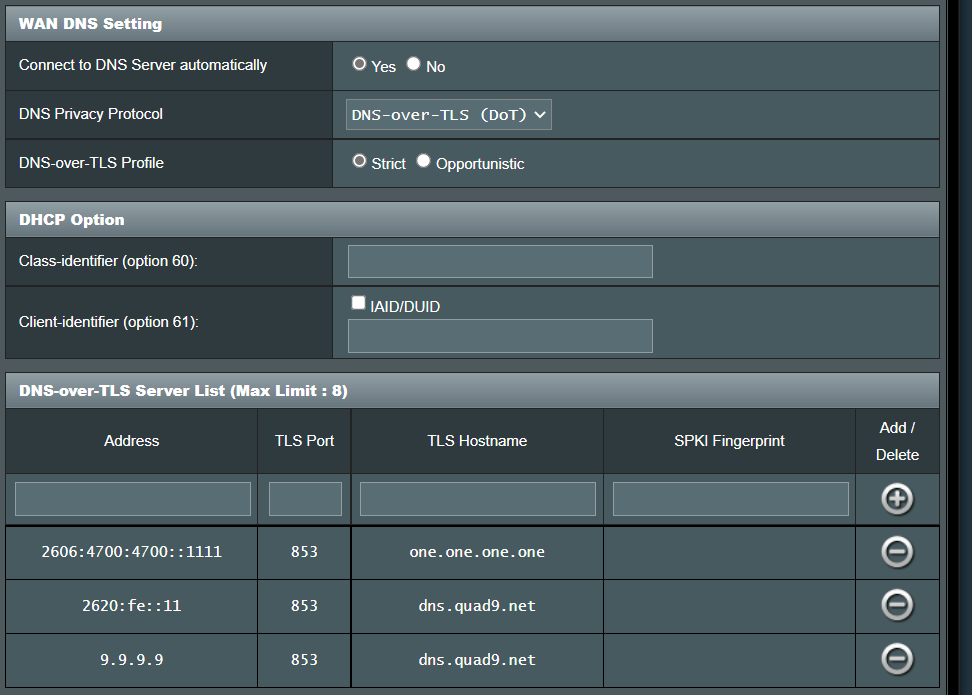Hi all,
I’m having a terrible experience lately using the T-Mobile TM-RTL0102. More with IPv4 than IPv6
For example, when pinging bing.com on Windows
>ping bing.com -4
Pinging bing.com [204.79.197.200] with 32 bytes of data:
Reply from 204.79.197.200: bytes=32 time=333ms TTL=117
Reply from 204.79.197.200: bytes=32 time=222ms TTL=117
Reply from 204.79.197.200: bytes=32 time=227ms TTL=117
Reply from 204.79.197.200: bytes=32 time=509ms TTL=117
Ping statistics for 204.79.197.200:
Packets: Sent = 4, Received = 4, Lost = 0 (0% loss),
Approximate round trip times in milli-seconds:
Minimum = 222ms, Maximum = 509ms, Average = 322ms
and with IPv6, not as bad:
>ping bing.com -6
Pinging bing.com [2620:1ec:c11::200] with 32 bytes of data:
Reply from 2620:1ec:c11::200: time=50ms
Reply from 2620:1ec:c11::200: time=85ms
Reply from 2620:1ec:c11::200: time=93ms
Reply from 2620:1ec:c11::200: time=72ms
Ping statistics for 2620:1ec:c11::200:
Packets: Sent = 4, Received = 4, Lost = 0 (0% loss),
Approximate round trip times in milli-seconds:
Minimum = 50ms, Maximum = 93ms, Average = 75ms
When I use my iPhone as hotspot, I get reasonable ping and have reasonable experience.
It is not just ping, it’s IPv4 site. If I can’t access the site with IPv6, it will use IPv4 and the experience is horrible.
This oddly started when I began to use alternate DNS 8.8.4.4, 1.1.1.1, 9.9.9.9 with my internal Asus router and/or the T-Mobile router and DNS over TLS (DoT). I’m not quite sure when but it was within the last few days and that has been my only major configuration changes.
I’m not using the 5G router as the one wasn’t able to work in my area due to it trying to use multiple towers that were further away than closes causing worse experience than closest one.
I did contact T-Mobile twice today and after a power off and back on, it improved a bit but was not as good as a week ago.
Any advice appreciated to get this working like a good ISP should be.
Thanks,
Jason




